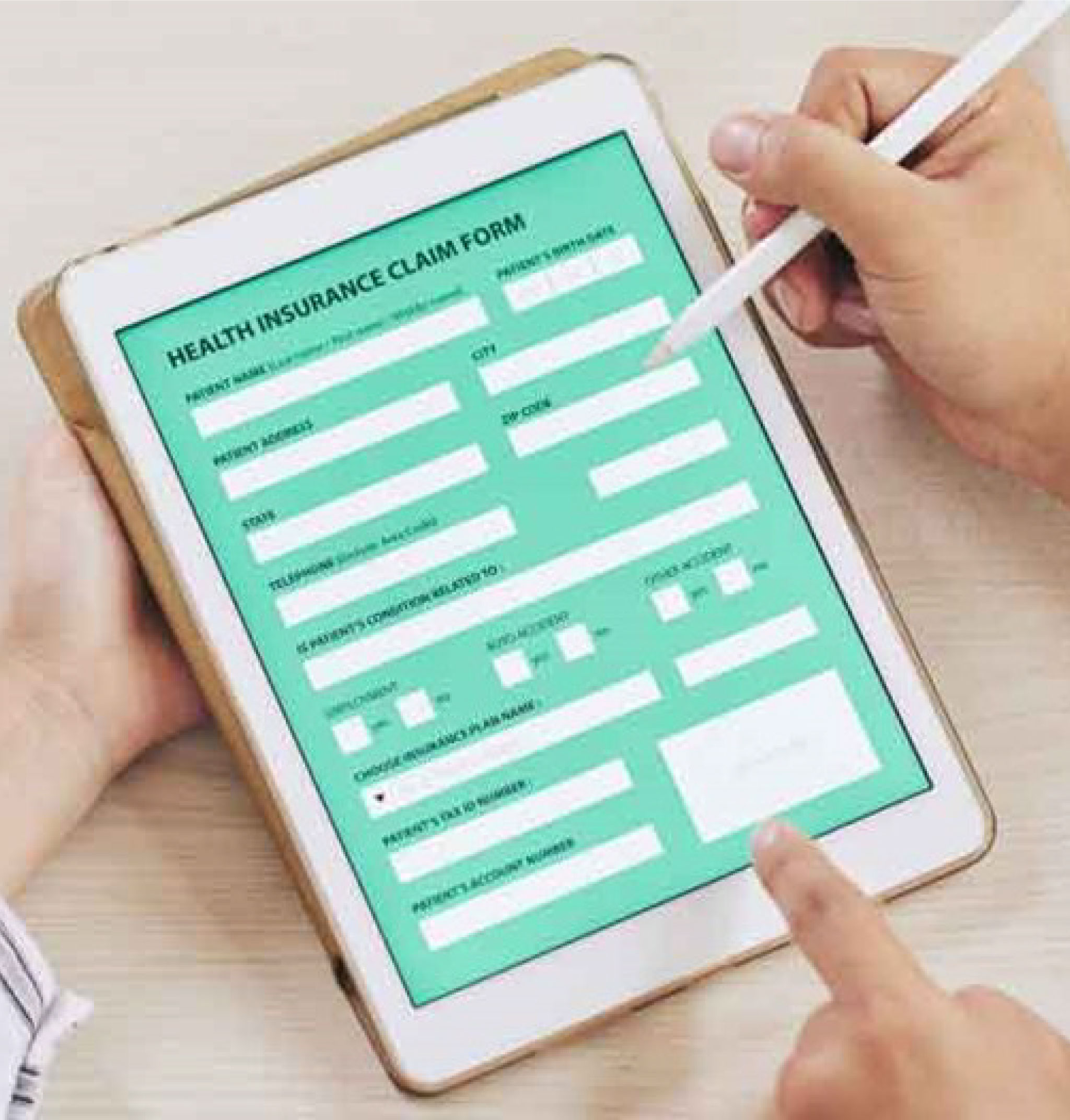In healthcare insurance, the claim is central to almost all parties involved in patient care. It contains every detail of a patient’s care – the diagnosis, status codes, procedure codes, condition codes, and much more. 80% of all premiums are spent on claims’ payment and associated handling charges. Therefore, efficient claims operations/management within the healthcare industry significantly impact profitability, solvency, and competitiveness.
With so many claims to handle, payers don’t have time to sift through all of that data to evaluate every claim and run the risk of missing valuable pieces of information in their decision making.
By leveraging a real-time claim analytics solution integrated with performance measurement scorecards and predictive analytics tools, a payer can derive insights from their data to make claim decisions faster. This level of depth, coupled with the precision of insights on the claim processing cycle, also supports the payer organization to analyze millions of claims per day, leading to faster revenue generation.
Millions of data can be mined based on several parameters, such as the type of provider, procedure codes, and member eligibility. Claims need to be analyzed to understand the procedure codes, billed amount, and other essential attributes to identify overpayment risks.
The Payer needs to implement processing functionalities that incorporate a member’s criterion of benefits details and the provider’s contracted rates, allowing accurate processing of the submitted claims in a matter of seconds.
Further advantages include the reduction of claim handling costs, quicker payment times, and accurate claim assessments. Claims units that leverage their data archives will not only be able to control costs better and reduce cycle times but will also be able to advance the business objectives of the organizations. Such payer companies will make quantum leaps in operational efficiency, financial stability, and cost leadership.
Payer companies of the future need to create “Performance-Focused” claims functions. For example, ACOs in the United States use analytics to determine the services to include in a retrospective or prospective bundled payment arrangement or the data needed, at the most granular level, to select the high volume, high-cost benefit utilization. These detailed analyses provide healthcare payers with ‘at-the-point information’ required to automate business decisions and adhere to the ever-changing market demands in a timely, cost-efficient manner.



